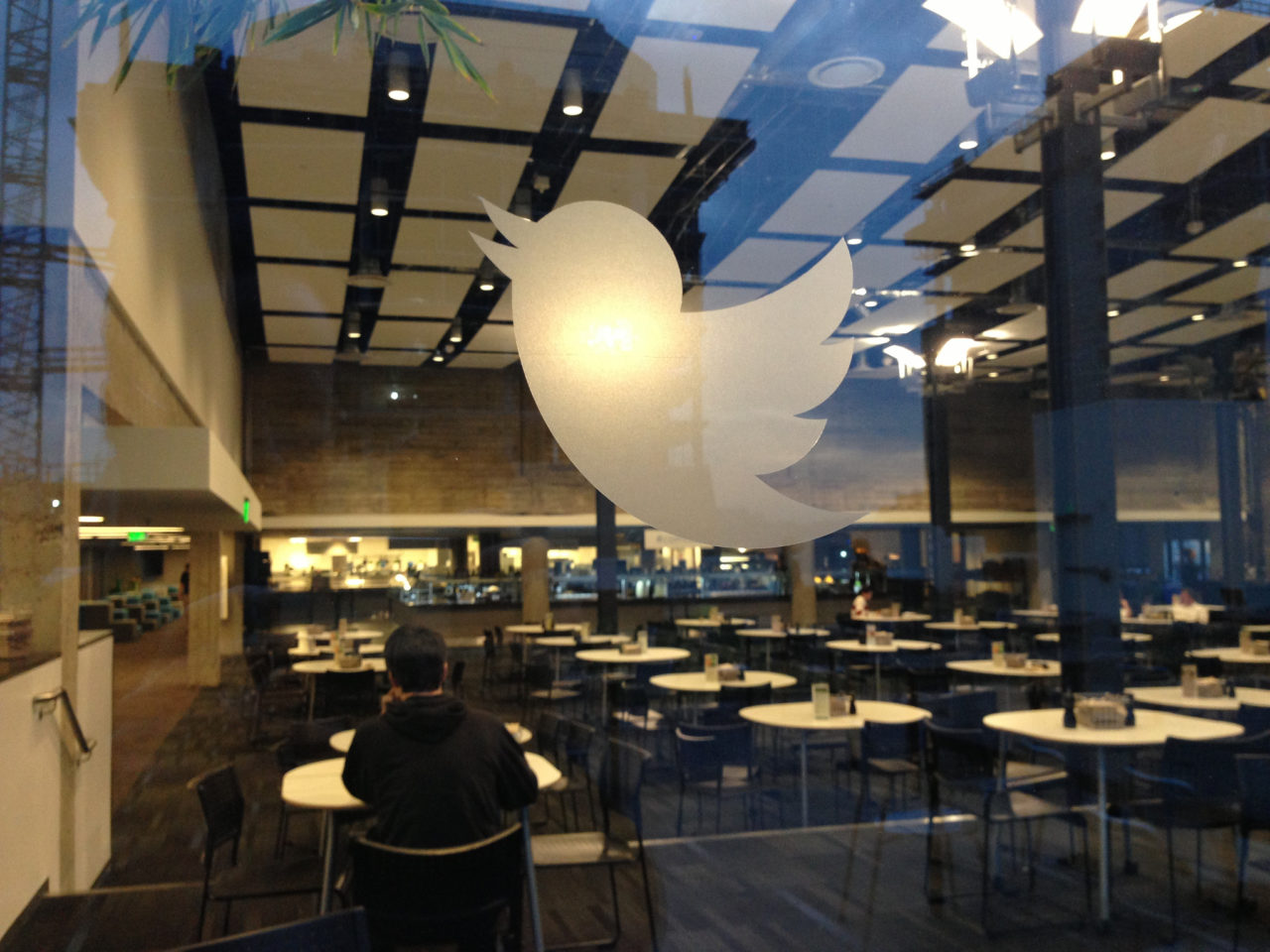
Photo Credit: Kevin Krejci
It seems as though Twitter has been having an existential crisis for years now. While it remains one of the top five social networks in the world, the reality is that it’s losing ground to a number of fast-growing competitors like Snapchat and Instagram. In the mobile digital era, people would rather share photos with their closest friends than broadcast tweets to the crowd.
The narrative about Twitter up to about 2014 was that this social platform was empowering people to have a voice, connecting and integrating everyone into conversations taking place around them. You no longer had to be an accomplished writer capable of churning out 2,000-word blog posts to have a voice on the Internet – you could say everything you needed to say in 140 characters or less. And, as a communication platform, Twitter was unparalleled. Some even credited Twitter with the massive upsurge of democracy in the Middle East known as the Arab Spring.
But then something troubling happened. After Twitter went public in November 2013, it had to start acting like a grown-up company. Suddenly, it had to show Wall Street investors that it was growing its user base on a quarterly basis, and that it had discovered a way to make money. In other words, it had to show people that it had discovered a way to somehow monetize all those tweets out there.
The problem is that the growth story is over at Twitter – the social network hasn’t grown at all in the past two quarters, and the narrative about Twitter has taken a turn for the worse. Instead of empowering people, it has become an enabler of bullying and threats and taunts. Instead of bringing freedom and democracy, it has become a way for extremists and terrorists to coordinate activities. And instead of real people conversing, there are just fake accounts and fake followers.
Which brings us to where we are today – there’s a very real chance that Twitter will soon no longer be a standalone company. The rumor is that Twitter’s board of directors is looking for a merger or acquisition to save the company.
In other words, Twitter may be having its MySpace moment.
Either it’s sold to an enlightened buyer like Facebook, Google, Apple or Amazon, or it’s pawned off to the highest bidder among the likes of Microsoft (which bought LinkedIn for $26 billion in June), News Corp. (which famously bought MySpace for $580 million in 2005) or Verizon (which snapped up Yahoo for $9.8 billion in July). The current Twitter listing price – rumored to be north of $18 billion – may scare off all but the deepest-pocketed investors.
And that’s why so many people are asking the question: “Does Twitter still matter?” There are plenty of social media “it” platforms – think Friendster (remember that one?), Foursquare (before it split in half), MySpace and (to a certain degree) Tumblr – that just never seemed to turn it around once they were forced to grow up and become “real” companies. Twitter may be truly be facing an existential crisis. It’s somehow trying to embrace video, live events and advertising while remaining distinct from all the other social media competitors out there.
Twitter’s existential crisis should be a warning for all the digital marketers out there. The days of riding on the great Twitter train may be coming to a close. Simply blasting out tweets around the clock no longer works the way it once did. Celebrities and big media companies may still use Twitter to broadcast every moment of their day, but for everyone else, it could be time to move on to the next big thing.